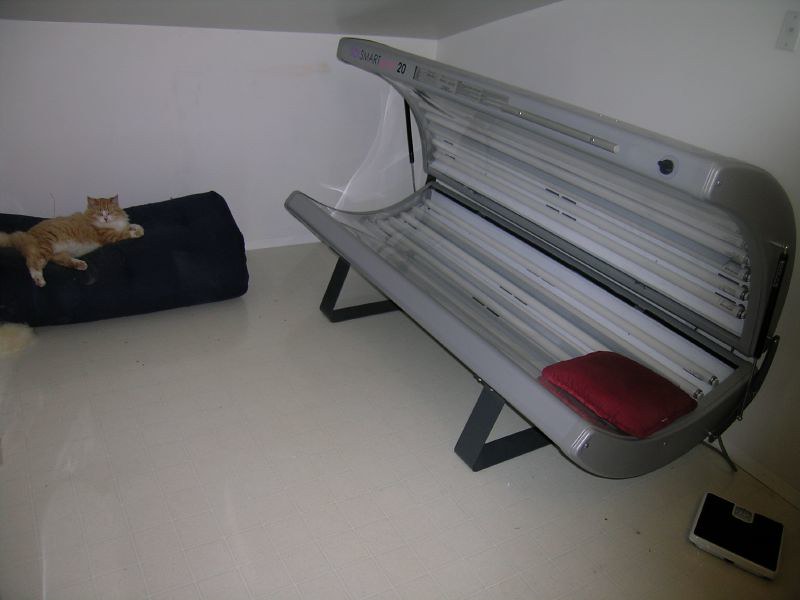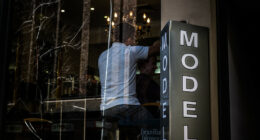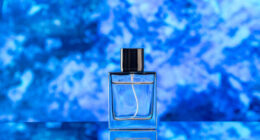The sun provides natural Vitamin D, excessive exposure can lead to skin damage and even skin cancer. Tanning beds may be a convenient option for those who want a quick tan but they also pose significant health risks.
What is the difference between tanning beds and the sun?
Tanning beds emit ultraviolet radiation in a controlled environment similar to the sun’s rays. However, they use UVA and UVB rays at higher concentrations than those found outdoors. The bulbs in tanning beds produce mainly UVA rays that cause skin aging and wrinkling. On the other hand, outdoor tanning provides both UVA and UVB rays with varying levels depending on your location.
Tanning salons also have shorter exposure times than being outside since their lamps are more potent. For example, a 20-minute session in a tanning bed equals several hours of exposure to sunlight.
Another difference between indoor and outdoor tanning is that you can control how long you stay under the lamp while it’s harder to measure time when exposed to natural sunlight. Plus, the sun is not always shining at optimal conditions for getting an even tan as clouds can block its effects.
It’s essential to understand these differences because they affect how much damage your skin receives from each method of tanning.
The pros and cons of tanning beds
Tanning beds are a popular alternative to natural sun tanning, but they come with their own set of advantages and disadvantages. One obvious pro is that tanning beds offer controlled exposure to UV rays, which means you can achieve your desired level of tan in a shorter amount of time than spending hours under the sun. Additionally, tanning beds allow for year-round access to artificial sunlight regardless of weather conditions.
However, there are also some cons associated with using tanning beds. First and foremost is the increased risk of skin cancer due to prolonged exposure to UV radiation. In fact, studies have shown that indoor tanners have a higher incidence of melanoma compared to non-tanners. Furthermore, frequent use can lead to premature aging and wrinkles as well as dryness and irritation.
Another disadvantage is the potential cost factor- many salons charge per session or require membership fees on top of purchasing protective eyewear necessary when using the bed.
While it may seem convenient at first glance – it’s important for individuals considering tanning bed usage weigh both sides carefully before making any decisions.
The pros and cons of the sun
The sun is a natural source of vitamin D, which is essential for our overall health. However, excessive exposure to the sun can also cause harm to our skin and increase the risk of skin cancer. Here are some pros and cons of the sun:
Pros:
- Vitamin D: Sunlight helps our body produce vitamin D which aids in strengthening bones and muscles.
- Mood booster: Exposure to sunlight triggers the production of serotonin, a hormone that boosts mood and reduces stress levels.
- Skin conditions: Sunlight can help improve certain skin conditions such as psoriasis and eczema.
Cons:
- Skin damage: Overexposure to the sun can lead to premature aging, wrinkles, age spots, and an increased risk of skin cancer.
- Eye damage: Prolonged exposure without proper eye protection can lead to cataracts or other vision problems.
- Heat exhaustion/stroke: Excessive heat from prolonged exposure without adequate hydration or cooling measures may result in heat exhaustion or stroke.
It’s important to balance time spent in the sun with appropriate protective measures like using sunscreen with SPF 30 or higher, wearing sunglasses/hats/protective clothing when possible, seeking shade during peak hours (10 am – 4 pm), staying hydrated by drinking plenty of water throughout activity periods outdoors.
Which one is better for your skin – tanning beds or the sun?
When it comes to tanning, people often wonder which option is better for their skin – tanning beds or the sun. Both options come with pros and cons that can affect your skin in different ways.
Tanning beds are a popular choice because they offer a controlled environment where you can get a tan quickly without having to spend hours outside. However, they emit UV rays that can cause skin damage and increase the risk of developing skin cancer.
On the other hand, the sun is a natural source of Vitamin D that provides many health benefits beyond just getting a tan. Exposure to sunlight helps our bodies produce Vitamin D which promotes healthy bones, improves mood and boosts immunity. But overexposure to sunlight also increases the chance of developing sunburns, premature aging and even skin cancer.
In terms of safety for your skin, neither option is completely safe but there are ways to minimize risks. Always wear sunscreen when exposing yourself to UV rays whether from tanning beds or from outdoor activities like swimming or hiking. Limit exposure time especially during peak hours when the sun’s rays are strongest.
Both tanning beds and the sun have potential risks associated with them so it’s important to be mindful about how you expose yourself to UV rays while still enjoying some fun in the sunshine!
What is the safest way to tan?
The safest way to tan is by avoiding sunburn and overexposure. Sunburns can cause skin damage, peeling, redness and even blisters. To prevent this, it’s important to apply sunscreen before going outside and reapply every few hours.
If you’re looking for a natural tan without the risks of sunburn or exposure, self-tanning products are a great option. They are available in different forms such as lotions, sprays or wipes that contain DHA (dihydroxyacetone), which reacts with the amino acids on your skin to produce a brownish color.
Another safe way to get some vitamin D from the sun is by spending time outdoors during cooler parts of the day like early morning or late afternoon when the UV rays aren’t as strong. Make sure to avoid tanning during peak hours between 10 am – 4 pm when the sun’s rays are strongest.
It’s also recommended not to use tanning beds because they emit harmful ultraviolet radiation that can cause long-term damage including premature aging and an increased risk of skin cancer.
Protecting your skin from overexposure is key when it comes to achieving a safe tan whether it be through using sunscreen, self-tanners or being smart about sunlight exposure times.
Is it OK to go on sunbeds everyday?
(Photo By Ryan McFarland on Flickr)

Going on sunbeds everyday is not recommended by dermatologists and medical experts. Sunbeds emit UV radiation, which can cause damage to your skin cells and increase the risk of developing skin cancer.
The intensity of UV radiation emitted by sunbeds is often stronger than that of natural sunlight, as they are designed to help you achieve a tan in a shorter amount of time. This means that frequent use can result in faster skin aging, wrinkles, age spots and other related issues.
Moreover, it’s important to note that individuals who frequently use sunbeds may also develop an addiction to tanning. This behavioral pattern poses risks for both physical and mental health problems such as anxiety or depression.
Going on sunbeds every day is not safe for your skin and overall wellbeing. It’s recommended to limit exposure or avoid using them altogether if possible. Instead opt for safer alternatives like self-tanners or spray tans which do not expose you harmful UV radiation from either natural sunlight nor from artificial sources like sun beds.
How fast does tanning age your skin?
Tanning, whether from the sun or tanning beds, can have damaging effects on your skin. The UV radiation emitted by these sources penetrates deep into the skin and damages collagen fibers that give our skin its elasticity. Collagen is responsible for keeping our skin looking young and healthy.
The damage to collagen causes premature aging of the skin, resulting in wrinkles, fine lines, dark spots and uneven texture. This process is called photoaging and can happen at a faster pace with frequent exposure to UV radiation.
In fact, studies show that people who frequently use tanning beds are 2-3 times more likely to develop squamous cell carcinoma (a type of cancer) than those who never used them. Moreover, each session on a tanning bed increases the risk of melanoma (another type of cancer) by 20 percent.
Therefore it’s important to protect your skin from harmful rays by wearing sunscreen with high SPF when you’re outdoors during peak hours or using self-tanners as an alternative method for achieving a tan look without risking your health.
Avoiding excessive exposure to UV radiation will greatly reduce your risk of developing premature aging signs like wrinkles and fine lines while also lowering chances of developing different types of cancers associated with excessive sun or tanning bed usage.
Featured Image By – pixel2008 on Flickr







